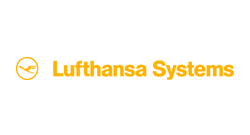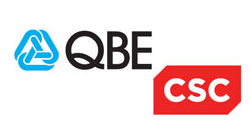Data Classification Solutions: Four Points to Consider When Choosing a Provider

In a world where security breaches are a very real threat to business interests, organisations are actively deploying teams of people to source and manage solutions that protect, detect and respond to threats as they happen.
Data classification is broadly defined as the process of labelling data by its sensitivity; a process which makes it simpler to protect before a data breach has occurred.
This has led to many providers of varying solutions – such as cloud storage and IT security businesses – offering data classification solutions as part of their product range. But how do you choose a data classification provider, and how can you be sure that the one you choose is experienced enough to deploy the solution successfully, along supporting the cultural changes required to get staff buy-in from your teams?
Assessing the Data Classification Solutions on Offer
Data classification solutions come in different guises. There are three industry-standard options available which include content-based classification, context-based classification and user-driven classification.
Each method analyses the content of a file and assigns a classification level to it based on its sensitivity or value to the organisation. Content and context-based classification systems are largely automated, relying on systems and technology to operate. User-driven classification depends on manual interaction from individuals within an organisation to classify data based on the user’s discretion.
Each method has benefits and drawbacks but asking for information about each option should reveal the extent of your data classification provider’s knowledge about both the solution and your needs.
Deploying A Data Classification Solution – The Details
Ask your supplier to provide your organisation with a clear road map of key deployment dates. A good provider will work with you to ensure that this road map is tailored to your own organisational goals, as well as considering any planned changes within your organisation that could affect how data is classified.
Additionally, always ask for clarification on an estimated date for completion. This will ensure that you can deploy other solutions in a timely manner alongside your new data classification solution, if you need to.
Assessing a Vendor’s Deployment History
Throughout the process of tendering for a new solution, due diligence on your potential providers is key. Are they a DC expert or do they have more speciality in other areas of IT security but have simply decided to offer a data classification solution to generate extra revenue?
A good provider will be able to demonstrate past examples of their classification deployments, as well as a clear deck of accurate deployment testimonials from established firms they have worked with.
Deployment Support
Once you’ve established the capability of your new supplier you’ll want to iron-out the support options – both throughout the deployment stage and after.
Will the supplier support you with the technical aspects of deploying a new data classification solution or are they expecting your IT teams to do the leg-work? Will they support you with staff training during this organisation change? What does the ongoing support look like for new versions, updates and future integrations?
Data classification providers aren’t just successful because they have the right tools, it’s also about having wide-ranging knowledge, demonstrable experience, and the ability to offer support.
HANDD are independent specialists in global data management and data classification solutions, working with some of the leading vendors in the security market. Established 10 years ago, our goal is to provide customers with industry leading solutions that analyse and protect data through every aspect of its journey.










